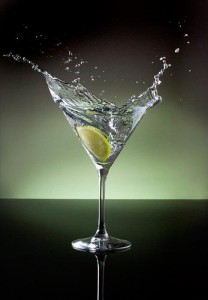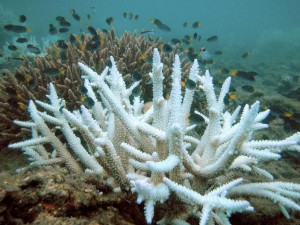
In 2012 we came across many new contributions to reef aquarium industry across the world. Conservation of some endangered species of rare corals for instance was the chief issue for which various measures have been taken in regions where these are mostly exploited. Some new and interesting species of corals like Euphyllia baliensis, Leptoseris, Dactylotrochus and more… [Read More]




